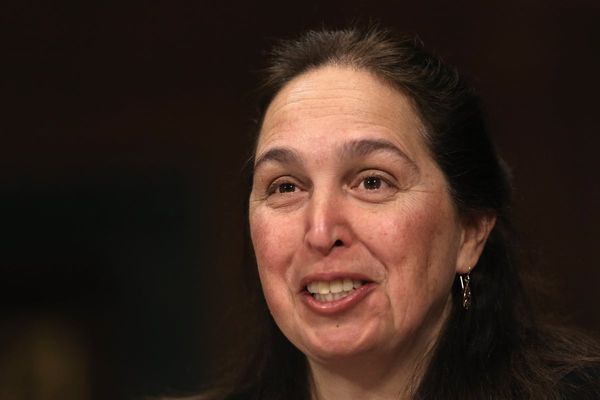
Higher food prices will become the norm at major supermarkets as the legacy of COVID-19 and more frequent natural disasters put grocery supply chains under pressure.
Food prices will rise another 5.5 per cent by June 2023, despite already rising 5.4 per cent over the year to June 2022, forecast a Deloitte Access Economics report published on Tuesday.
Such price increases would be well in excess of average wages growth, adding to the worst cost-of-living crisis for Australian households in more than two decades.
Deloitte expects shoppers will buy fewer groceries, with volumes per capita set to contract by 3.2 per cent over the 2022-23 financial year.
It’s a situation that could become increasingly normal over the medium to long term, the experts warned, with research showing climate change is set to wreak havoc on grocery supply chains.
“Going forward, a higher rate of food price growth may become the norm,” Deloitte said.
“Residual pandemic impacts and extreme weather as a result of climate change are generally expected to drive food inflation up over the medium to long term.”
The grim forecasts came after the bosses of Woolworths and Coles admitted they faced a series of cost pressures, with suppliers demanding higher prices for everything from fresh food to packaged groceries.
Coles chief Steven Cain told investors in August that prices for baked goods and produce – particularly soft vegetables like broccoli, tomatoes and capsicums – had risen sharply lately.
Despite this, Mr Cain said produce price rises were beginning to moderate as farmers started to recover from widespread flooding in New South Wales – pointing specifically to iceberg lettuce supplies.
But packaged groceries are a different story, Mr Cain said, with prices for those goods having already risen 4.3 per cent over the three months to June.
Woolworths Group chief Brad Banducci said in August that inflation had touched every part of the economy in Australia, ‘‘for good or bad’’.
‘‘Whether it’s the transportation costs, the warehouse costs, often the packaging costs – so there’s a lot of material issues that have been flowing through into the long-life categories as well,’’ he said.
Retail turning point
Deloitte Access Economics partner David Rumbens said rising inflation is pushing the retail industry towards a ‘‘turning point’’ where sales growth is being driven by higher prices, not bigger volumes.
‘‘Retail is still riding the post-pandemic high,’’ he said.
‘‘But cracks are starting to show as the economy faces a number of challenges. Retail prices increased 4.8 per cent through the year to the June quarter, with the largest price increases seen in food and household goods.’’
Mr Rumbens said that while supply chain issues are starting to ease, it will take time for price growth to return to more normal levels.
‘‘This is expected by late 2023.’’







